On the suggestion of Julian I did some testing of the effectiveness of the silica crystals with different amounts of water and methanol present.
With the EN14214 European standard for Biodiesel the following applies
Max water content 500 mg per kg so 0.05%
Max methanol content 0.2%
For testing I used 200ml of biodiesel that had been thoroughly dried and filtered to 1 micron.
Water test less than 0.1% showed no change:
With 0.2ml of water added so 0.10%
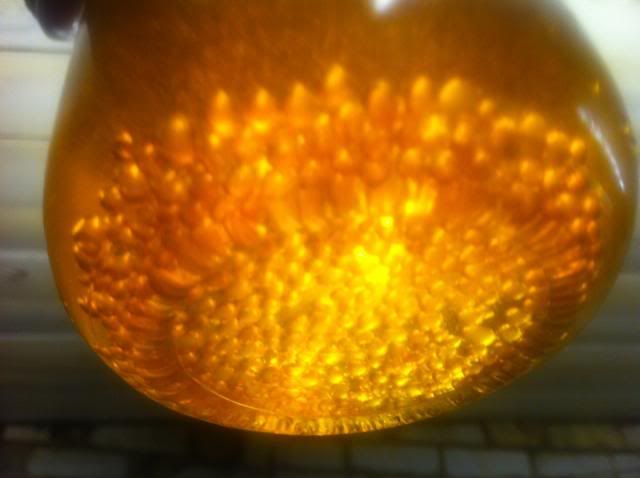
With 0.3ml of water added so 0.15% some colour change noted within a minute.
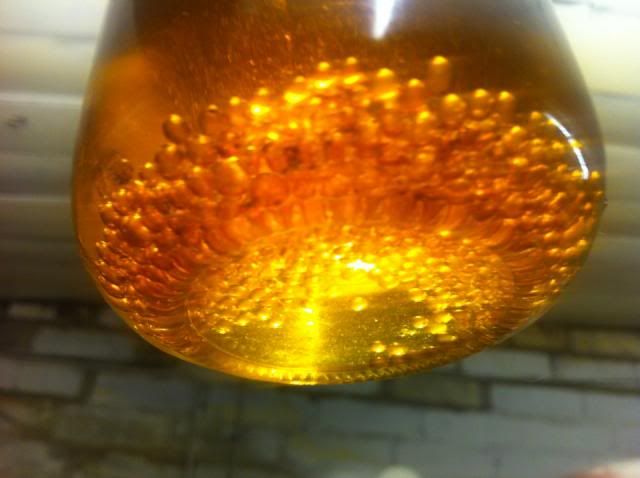
With 0.3ml of water added so 0.15% after 1 hour.
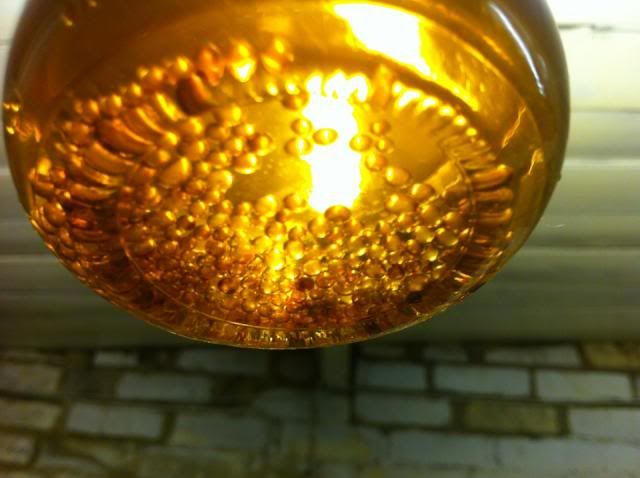
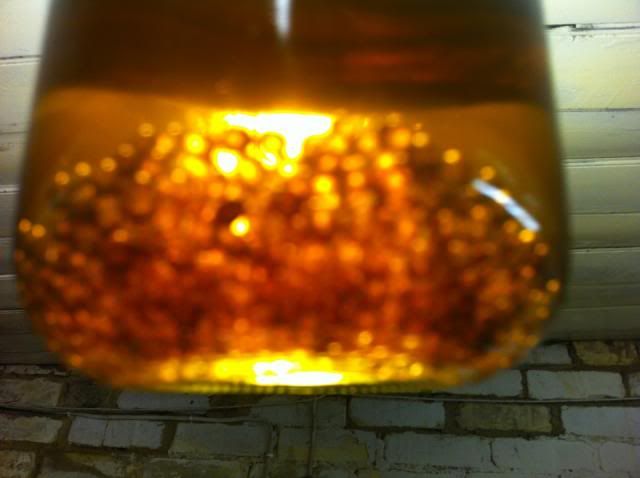
So the colour change is still at 3 times the amount of water allowed under the EN standard, but gives a good indication you are very close. So maybe an extra 20 mins drying may just finish it. Certainly when I have had an indication of water by the colour change I have found an extra 20 mins takes it to a level of no colour change.
When I tested 200ml of biodiesel that had been thoroughly dried and filtered to 1 micron from the same batch with methanol I got these results:
With 0.3ml of methanol added so 0.15%
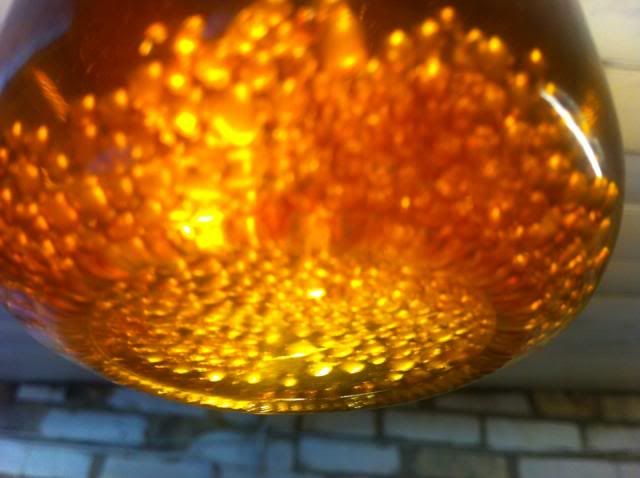
With 0.4ml of methanol added so 0.20%
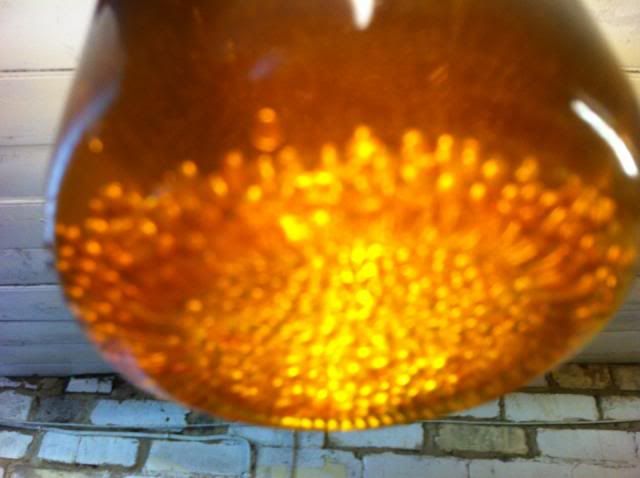
No change in colour at all.
If someone else (Julian?) would like to try this and see if it varies due to feedstock/process that would be good.
So for me I find it a quick easy test to see how close I am to having dried it enough rather than just staring at it and thinking yea that will do, other methods and ideas are available

Anyone want to buy some silica beads? (just kidding)